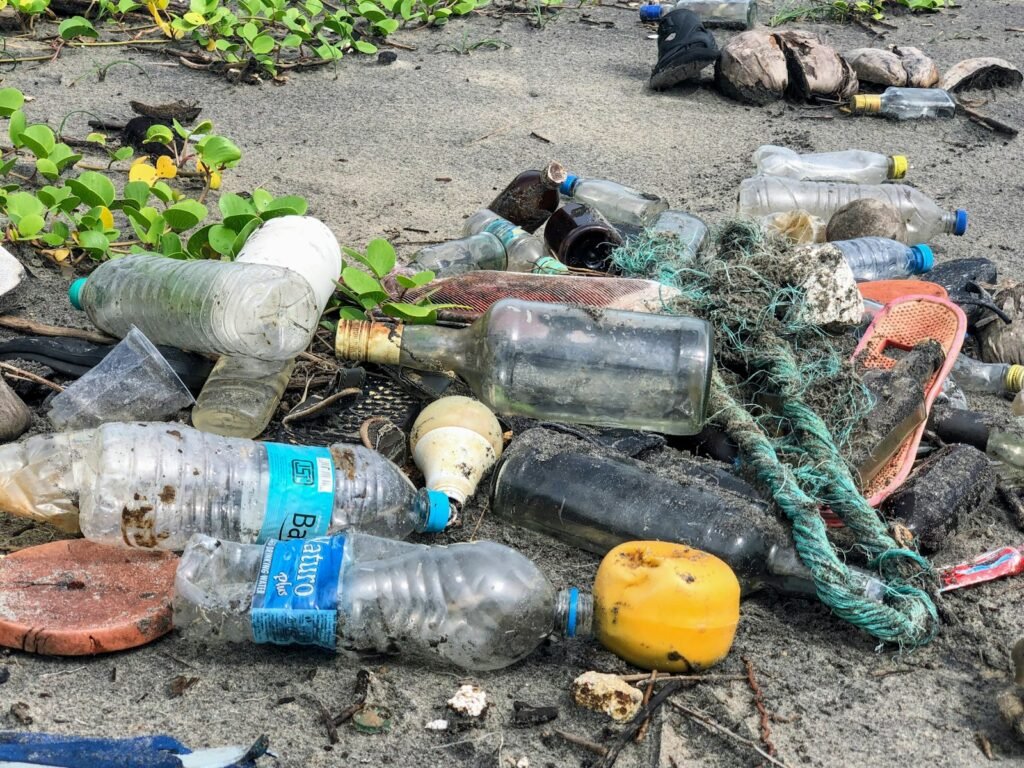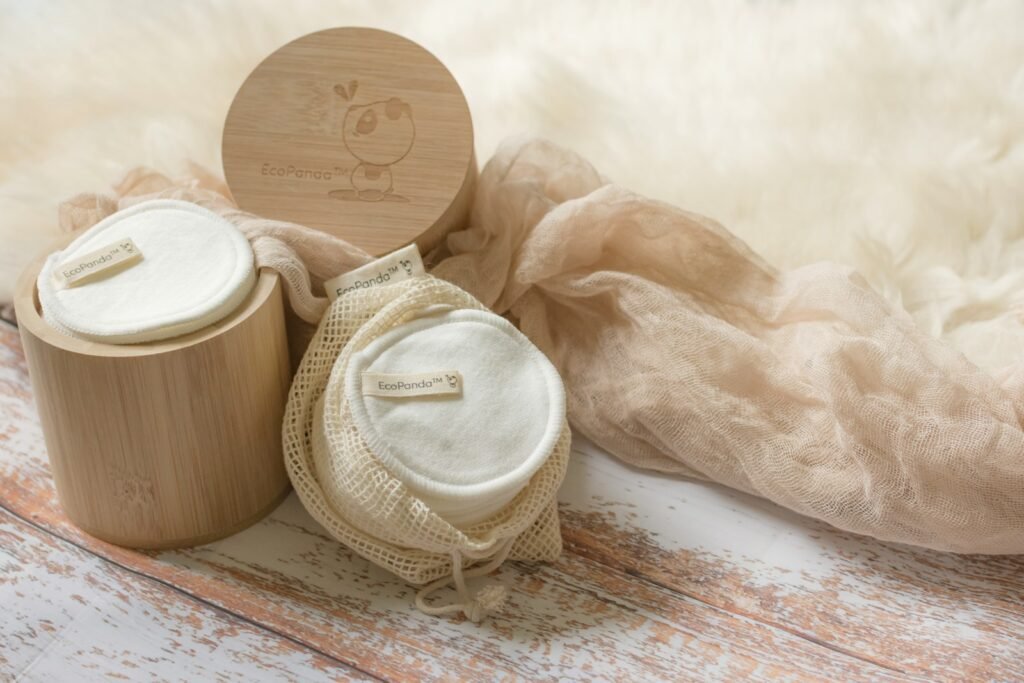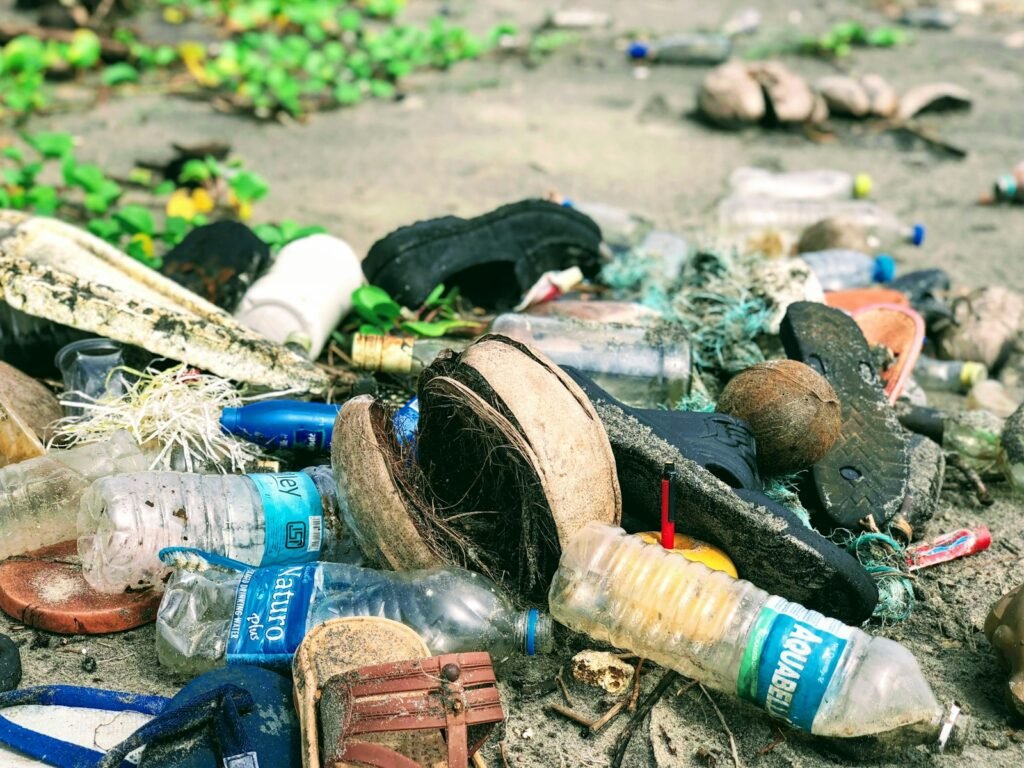When it comes to personal hygiene, both showering and bathing are common practices that most people incorporate into their daily routines. However, the environmental impact of these two activities can vary significantly based on water usage, duration, and efficiency of fixtures.

To fully understand the differences, it’s essential to break down how much water each activity typically consumes. This knowledge helps in making more informed decisions about which option might be better for reducing one’s ecological footprint.
Water Consumption: Showers vs. Baths
How Much Water Does a Shower Use?
Modern showerheads generally have flow rates ranging from 2 gallons per minute (gpm) to 5 gpm, depending on their design and efficiency. The average duration of a shower in the United States is approximately 8 minutes. When multiplied by the flow rate, this results in roughly 16 to 40 gallons of water used for a single shower.
It’s worth noting that older or less efficient showerheads can significantly increase this amount, making it even more important to consider fixture efficiency when looking at environmental impact.
How Much Water Does a Bath Use?
A standard bathtub holds between 30 and 50 gallons of water. The exact amount depends on the size and shape of the tub, as well as how full it is filled. A single bath can therefore consume more water in one go than an average shower.
However, not all baths are the same. Shorter or partial fills can reduce this impact. Still, even a 30-gallon bath used once daily will result in significantly higher cumulative usage compared to multiple shorter showers over the course of a week.
Energy Usage and Environmental Impact
Heating Water: A Major Contributor to Energy Use
Heating water is one of the most energy-intensive aspects of both showering and bathing. The average household uses about 17% of its total energy for water heating, according to U.S. Department of Energy statistics.
In a typical home, electric or gas water heaters are used to supply hot water for showers and baths. This process involves converting energy into heat, which contributes to overall carbon emissions depending on the source of that energy—whether it’s from fossil fuels or renewable sources.
Carbon Footprint: The Hidden Cost
The environmental impact of heating water extends beyond just energy usage. It includes the associated carbon emissions from power generation and the potential for increased demand on local water infrastructure.
For instance, if a household takes an average daily bath using 40 gallons of hot water, that translates into more energy being used compared to multiple shorter showers. This can be especially significant in regions where water heating relies heavily on non-renewable energy sources.
Comparing Showers and Baths: A Detailed Look
Water Usage Comparison
A short 5-minute shower with a low-flow showerhead may use as little as 10 gallons of water, which is significantly less than the average bath. However, extending that same shower to 10 minutes can increase usage back up to around 20 gallons or more.
On the other hand, a full bath consistently uses between 30 and 50 gallons per session. Even with partial fills, it’s rare for a single bath to use less than 20 gallons of water, which means that in most cases, bathing will still consume more water than a typical shower.
Energy and Resource Efficiency
From an energy efficiency standpoint, showers tend to be more efficient due to their shorter duration. Modern low-flow showerheads are designed with aerators and flow restrictors that reduce the amount of water used without sacrificing comfort.
Baths, while not inherently inefficient, do require heating a larger volume of water all at once. This can place additional strain on water heaters, which may be less efficient when operating under high demand conditions.
Eco-Friendly Practices to Reduce Environmental Impact
Tips for Reducing Water Usage During Showers
- Install low-flow showerheads that use 2 gallons per minute or less.
- Reduce the duration of your showers by setting a timer or using a smartphone app to track time.
- Use water-saving practices, such as turning off the water while soaping up and rinsing.
Tips for Making Baths More Sustainable
- Consider partial baths instead of filling the tub completely every time.
- Reuse bathwater for tasks like watering plants or cleaning, where feasible and safe.
- Only fill the tub with the amount of water needed, avoiding unnecessary overfilling.
General Strategies for Both Showers and Baths
- Fix leaks promptly in both showerheads and bathtub faucets to prevent wasted water.
- Install energy-efficient water heaters that use less electricity or gas, such as tankless models.
- Use smart home technologies like motion-sensor faucets or water usage monitoring systems to track consumption.
Making Informed Choices for a Sustainable Lifestyle
Understanding the environmental implications of daily routines like showering and bathing is an important step toward making more sustainable choices. By considering factors such as water volume, energy use, and personal habits, individuals can take meaningful steps to reduce their overall footprint.
Every small change—whether it’s reducing shower time by a few minutes or taking shorter baths—can add up over time. These efforts contribute to broader environmental goals, from conserving freshwater resources to lowering greenhouse gas emissions associated with water heating.
By making conscious decisions and adopting more efficient practices, individuals can play a role in creating a more sustainable future without sacrificing comfort or convenience.







